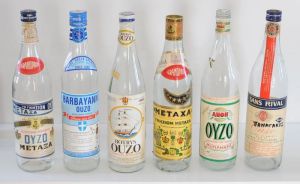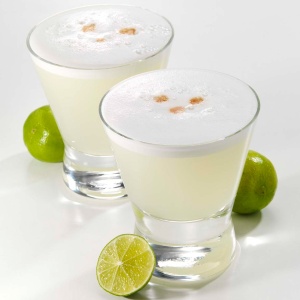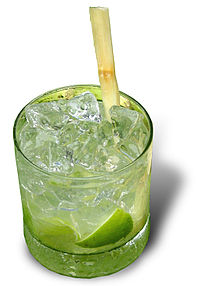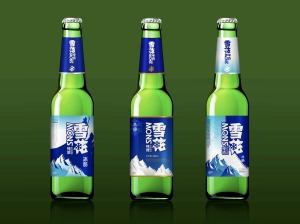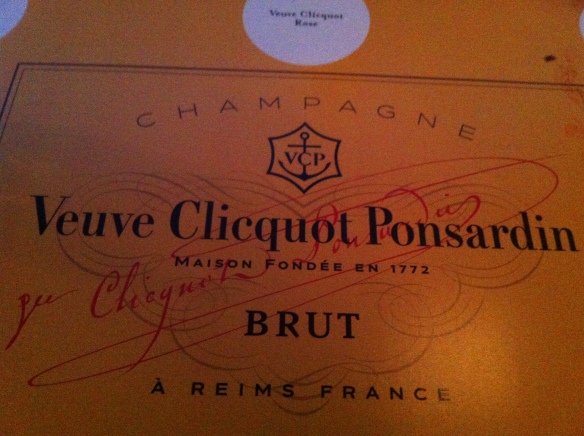I had the pleasure of attending the Toronto sommelier training for Australian wine last week where experts on the Australian wine industry took us through the future and direction that they see their industry heading. I took away some great insight into the next steps for one of the worlds top producing wine countries. However at the conclusion there was one burning question: “What are the challenges and opportunities for selling regional Australian wine in Ontario?”
I thought about this for awhile then realized the answer was actually quite simple because the challenges and opportunities facing the folks at Wine Australia are one and the same. How will they convert the Australian wine perceptions of people like me?
Let me explain.
Australian wine has a stigma attached to it. Even as a WSET trained wine writer I held certain perceptions of Australian wine, which I believe are shared by many of the average everyday consumers. The terms flabby, oaky, over the top, high alcohol, jammy, tannic, mass produced, meddled with, and Yellow Tail all come to mind. You see Australia essentially launched a marketing juggernaut onto the export market over the years selling bulk, low priced wines and getting consumers to buy into their value proposition. For better or worse their export market grew but the perceptions referenced above were slowly formed in the minds of many over time, myself included.
At least I DID feel that way.
After attending the sommelier training session I have a new found appreciation for Australian wine and feel as though we are entering a new age for their wine industry. Folks, we are officially embarking on Australia”PS” (post Shiraz).
We will enter AustraliaPS with an open mind excited to try more unique wines and grape varieties not typically synonymous with Australia. In AustraliaPS Shiraz will still be available but it will be coveted and won’t be the single grape variety consistently associated with the country. The words mentioned above will be replaced with terroir driven, regionality, finesse, elegance, balance, texture, depth, complexity, low oak, soft tannins, and well integrated.
Value bulk wines will be replaced by value from boutique wineries with historical and regional significance, some of which have been producing wine in Australia for over a century. Ontarians will understand that for every bulk Shiraz they’ve had there is a unique expression of Semmillion available from a region called “The Hunter Valley.” Then they can try an excellent cab sauv from a winery called Tahbilk that shows beautifully at a $20 price point.
You see in AustraliaPS we will seek out regions called McLaren Vale, Margaret River, and the Clare and Eden Valleys. We will go to the LCBO in search of premium Chardonnay and will consider Australia alongside California and Burgundy. I know this all sounds like a dream, but I assure you it is not. This is just AustraliaPS.
What I am hearing from the folks at Wine Australia is that they recognize that the stigma which I mentioned off the top does in fact exist. I am here to tell them that they are right. But I am also here to tell them that I am one of the converted and there is huge market opportunity in Ontario to convert the rest of the people who think (thought) like me. Ontarians are a smart and savvy bunch who are beginning to better understand the nuances of the wine world. However they are also still in search of affordable wine. The catch is this doesn’t just mean “cheap” wine, it now means “quality wine in their price range.” AustraliaPS has the potential to hit on all these factors but also appeal to the wine connoisseur amongst us. Lets all raise a glass of Shiraz to that.
– Mark
Follow me on Twitter: @towineman







